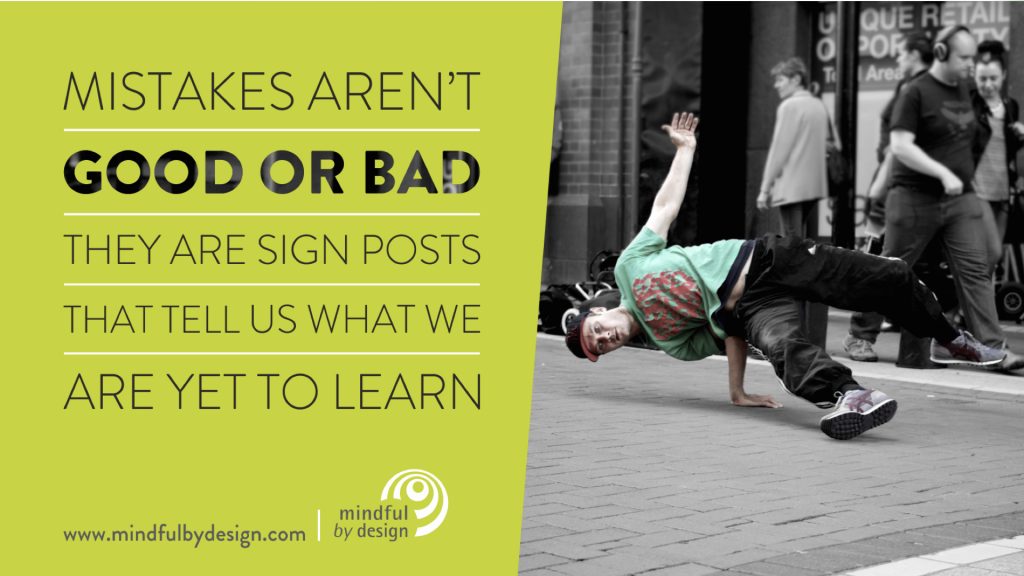We’ve made progress in the way schools talk about mistakes.
We’re no longer shaming students for getting things wrong. We’re encouraging them to “embrace mistakes” and “learn from failure.”
That’s a step forward.
But we’ve oversimplified the message.
Because not all mistakes help students grow.
And telling students that “mistakes are good” doesn’t make them better learners.
In fact, it can do the opposite.
The mistake myth
Ask yourself this:
When your teachers talk about mistakes in the classroom, what do they mean?
Are they helping students reflect on what kind of mistake they made?
Or are all mistakes lumped into the same bucket—something to celebrate automatically?
The truth is, not all mistakes are created equal. Some are valuable. Others are just… mistakes.
And unless we teach students to distinguish between them, we risk normalising error rather than learning from it.
The 6 Types of Mistakes
I explore these in detail in Learnership, but here’s the simple version your teachers need to know:
❌ Unhelpful Mistakes
- Sloppy Mistakes – careless, rushed, avoidable
- Performance Mistakes – happen under pressure and often come with serious consequences we want to avoid
- Aspirational Mistakes – reaching for goals without the foundation yet in place
These can be useful if reflected on, but they don’t drive learning by themselves.
✅ Helpful Mistakes
- Stretch Mistakes – made while reaching just beyond current ability
- Aha Mistakes – reveal something unexpected, spark insight
- Design Mistakes – created on purpose to gather information and test a strategy
It’s these last three that we want to make visible in classrooms. These are the mistakes that move learning forward.
From judgment to analysis
Shift the conversation from “Did you make a mistake?” to “What kind of mistake did you make?”
This does two powerful things:
- It removes the shame.
- It sharpens the reflection.
Your teachers can help students understand:
- That some mistakes are a normal part of stretch.
- That others are part of trial and error.
- That even unhelpful mistakes can be mined for insight—if we ask the right questions.
This is how we develop a culture where mistakes aren’t just accepted—they’re analysed.
Mistakes aren’t magic. They’re information.
We need to move past the blanket encouragement to “embrace mistakes.”
Because growth doesn’t come from the mistake itself.
It comes from what the learner does with it.
And if we don’t help students understand the difference, they may keep making the same mistakes and call that learning.
So what do we do next?
Bring the 6 types of mistakes into your staff conversations.
Ask:
“Which types of mistakes are showing up in your classroom?”
“Which ones are we helping students reflect on?”
“Which ones are being missed entirely?”
Because the best learners aren’t the ones who avoid mistakes.
They’re the ones who know how to make the right kind.
What’s one classroom activity where you could introduce the concept of different types of mistakes? How might this change the way students approach challenging work?



